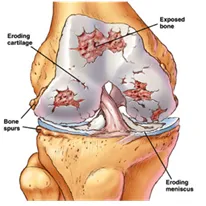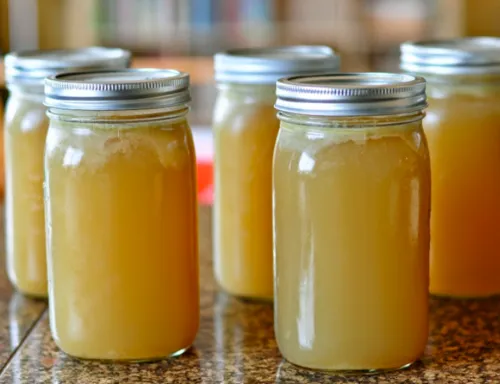What a phenomenal January! Bumps. Powder turns. Endless runs. Grins from ear to ear. But if you ask your knees, they may have a different story. Your knees take the brunt of it and often are what gets you to call it a day.
How can you preserve the cushioning in your knee joints while still tackling those mogul runs? Let’s look at what your knees are meant to be made of and what is lost when we talk of being bone on bone…Collagen.
Collagen is the most abundant protein in the body. Collagen accounts for about 30% of all protein. It is made of the amino acids — glycine, proline and hydroxyproline. There are three types of collagen. Type 1 & 3 is for skin, muscles, bones, tendons, ligaments and blood vessels. Type 2 is helpful for joints as cartilage is made of this type. Essentially, collagen is the glue that holds our body together.
The thing here is that as we age, the chondrocyte cells that produce and maintain the cartilaginous matrix in our joints are less active. To augment the chondrocytes, you can ingest collagen from food or a supplement. Taking in this supplementary collagen can hasten tissue repair after an injury of wound.
One study demonstrated a reduction in knee joint pain in athletes who took collagen hydrolysate for 24 weeks. The young athletes who took collagen had a reduction in joint pain on walking, running, during quick directional changes while running compared to those who took a placebo. Ingestion of collagen hydrolysate increases the production of cartilage by chondrocytes. This lends to the use of collagen to be a promising treatment for joint pain in osteoarthritis.
Food sources of collagen come from bone broth and gelatin. See below for a simple Bone Broth recipe. I make this weekly and drink this mineral/collagen rich broth directly or add it into my soups. Other collagen rich foods include egg whites and poultry. You can also supplement with hydrolyzed collagen directly.
Collagen production in our bodies requires Vitamin C. It is important to include this vitamin whenever you take collagen. Vitamin C can be found in dark green veggies and citrus fruits.
If you need a super boost, consider Platelet Rich Plasma (PRP) injections. PRP involves using a component of your own blood and injecting this into the problem area. The PRP solution has a high concentration of your own platelets. Your platelets contain a variety of growth factors, some of which are responsible for collagen production. The end result of these injections is better integrity of joint cartilage, improvement in ligament strength and reduction in knee pain.
As skiers we often throw focus on our joints and musculoskeletal health. When it comes to collagen, not only do your joints benefit but also so does many other parts of the body.
As again it is the glue that holds us together. Nails and skin can grow stronger. Your digestive system is lined with connective tissue. Drinking bone broth can even soothe your intestinal lining, improving digestion.
Collagen through broth or supplement is a simple addition to your routine that can greatly impact your knee’s stamina.
Bone Broth
Nourishing Meals, Alissa Segersten
1 organic chicken carcass
1 large onion, chopped
1 head garlic, cut in half
1 leek
4 stalks of celery, chopped
2 carrots, chopped
1/2 bunch parsley
1 strip of seaweed
1 tsp. whole peppercorns
2 tsp. sea salt
1 TBSP apple cider vinegar
12 cups water
Add all ingredients to a stockpot. Gently bring to a simmer. Cook, covered for 3 to 6 hours. More nutrients are extracted the longer it is cooked. After cooking, strain the stock. Discarding the solids.
Once cooled, stock can be placed in jars and frozen or keep refrigerated up to 3 days.
1. https://www.ncbi.nlm.nih.gov/pubmed/17076983
2. Clark KL. et. al. 24-Week study on the use of collagen hydrolysate as a dietary supplement in athletes with activity-related joint pain. Curr Med Res Opin. 2008 May;24(5):1485-96.Zuckley L. et al.
3. Collagen hydrolysate improves joint function in adults with mild symptoms of osteoarthritis of the knee. Med Sci Sports Exerc 2004;36(Suppl):S153-S4

